25 reasons we love the Sega Genesis, 25 years later
Being amazed that Sega somehow got Virtua Racing to run on the Genesis
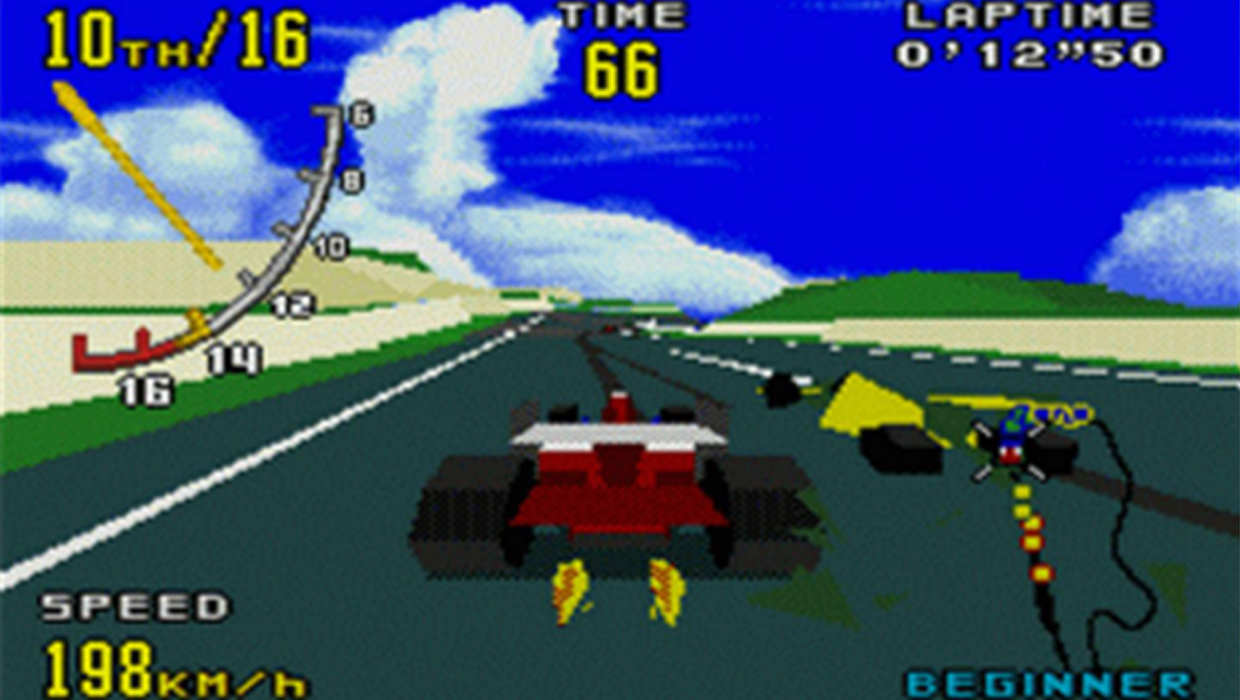
Any time a developer could drop some polygons into a 16-bit cartridge, it was an EVENT. While nothing can top the classic that is Starfox, Virtua Racing was no slouch. While it came with a few corners cut from the arcade original (not the least of which was eschewing full-screen visuals to save processing power), it was pretty well-regarded amongst fans and critics, and is a definite testament to the engine under the hood of the Genesis. And it ran WAY better than the SNES-exclusive slideshow known as Stunt Race FX.
Playing the objectively better version of Aladdin
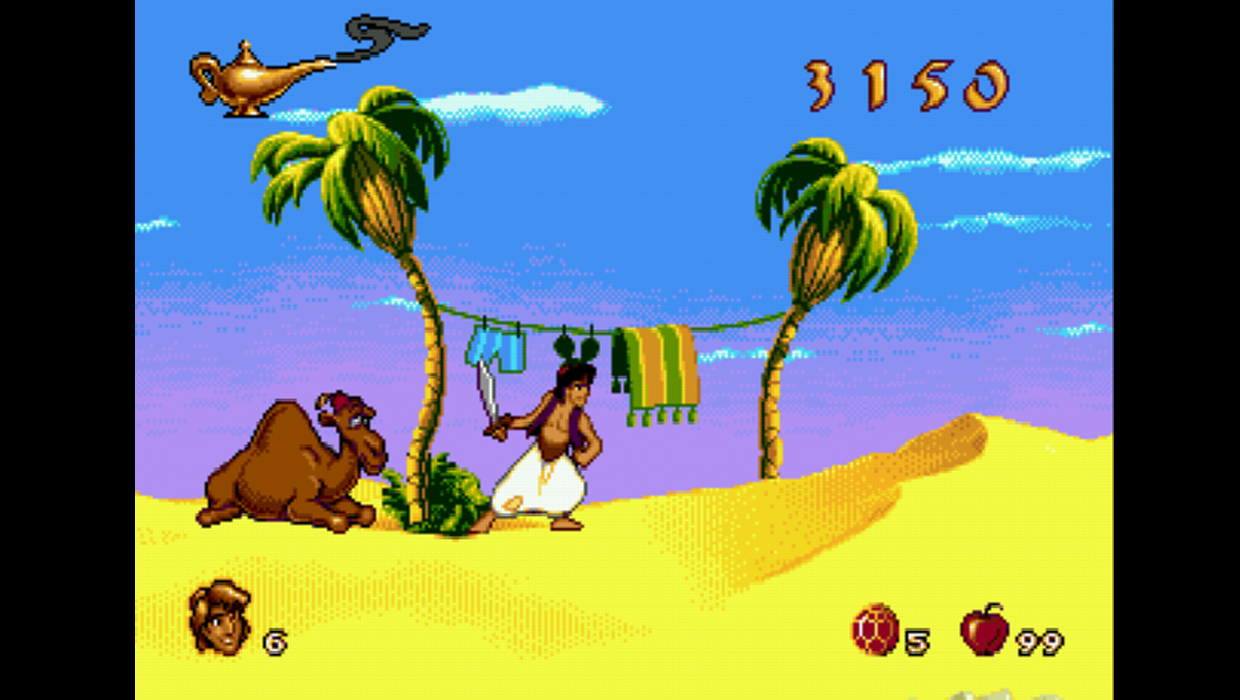
The argument has raged on for years from schoolyards to PAX panels, but c'mon, let's be real. We're in a safe place here. The Genesis version of Aladdin is the best adaptation of Disney's movie classic. The animation was more fluid, while the eponymous hero was faster and actually wielded a sword--all the SNES' version of the hero had to fend off sword-swinging attackers is a huge supply of apples. Heck, even famed game developer Shinji Mikami, who worked on the Capcom-developed SNES version, has admitted the Genesis edition of Aladdin is superior. And as a kid who defended the SNES adaptation back in the mid-90s, this pains me to admit... I agree.
All the other great Disney games
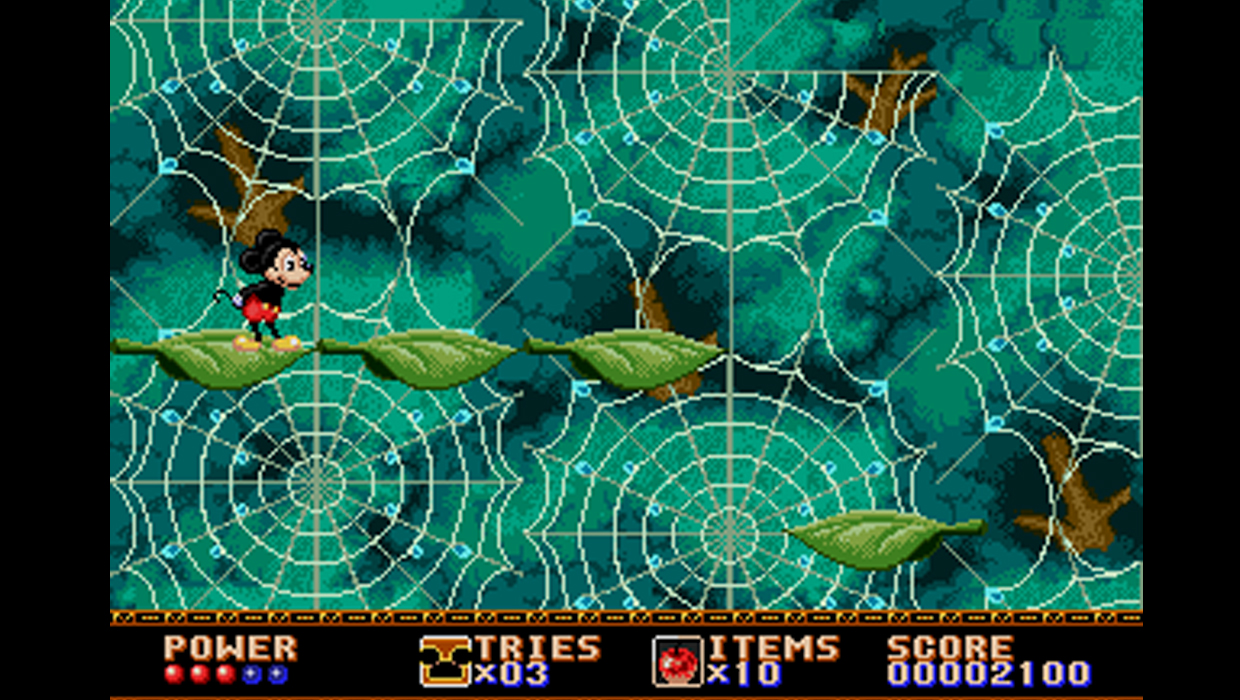
It wasn't just Aladdin who proved his platforming dominance on Sega consoles. If you were a animation fan of the early '90s, the Sega Genesis was the premiere destination to get your Disney fix. Games like Quackshot and Castle of Illusion Starring Mickey Mouse are amazingly original takes on the world's most famous cartoon characters, while top-notch adaptations like The Lion King and Toy Story satisfy the more modern cravings of the day. There's nary a miss in the Genesis' Disney-game catalogue, which was a relief after iffy 8-bit offerings like Mickey Mousecapade and Who Framed Roger Rabbit.
Attaching your old Sonic games to Sonic & Knuckles
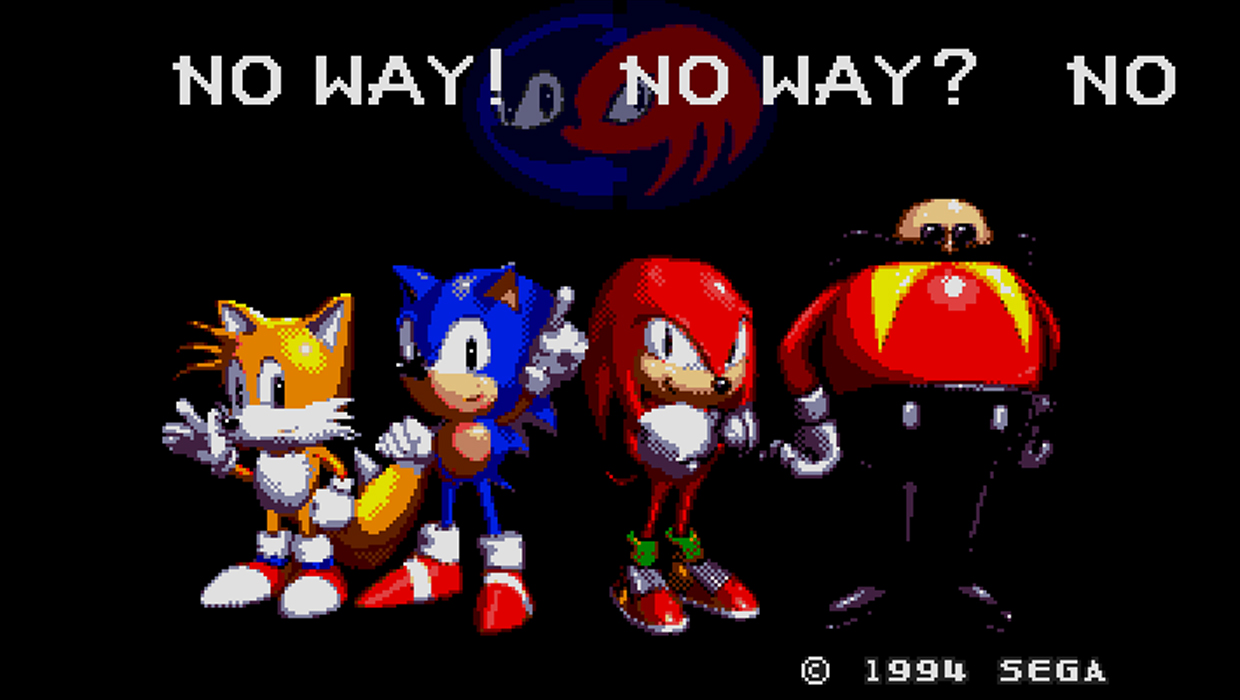
As if Sonic the Hedgehog 2 and 3 aren't already all-time greats, Sonic & Knuckles adds even more replayability to the two classics. After playing through the deep standalone game (which played drastically different depending on whether you chose the hedgehog or echidna), you could revisit the Sonic Team's two previous adventures and play through those stages in a whole new way with Knuckles' moveset, thanks to Sonic & Knuckles' lock-on technology. Plugging in any other Genesis cart flashed a big No Way on the screen, but a quick press of A, B, and C, you could bypass that and unlock a neat minigame.
Playing FMV games and compact discs on your Sega CD
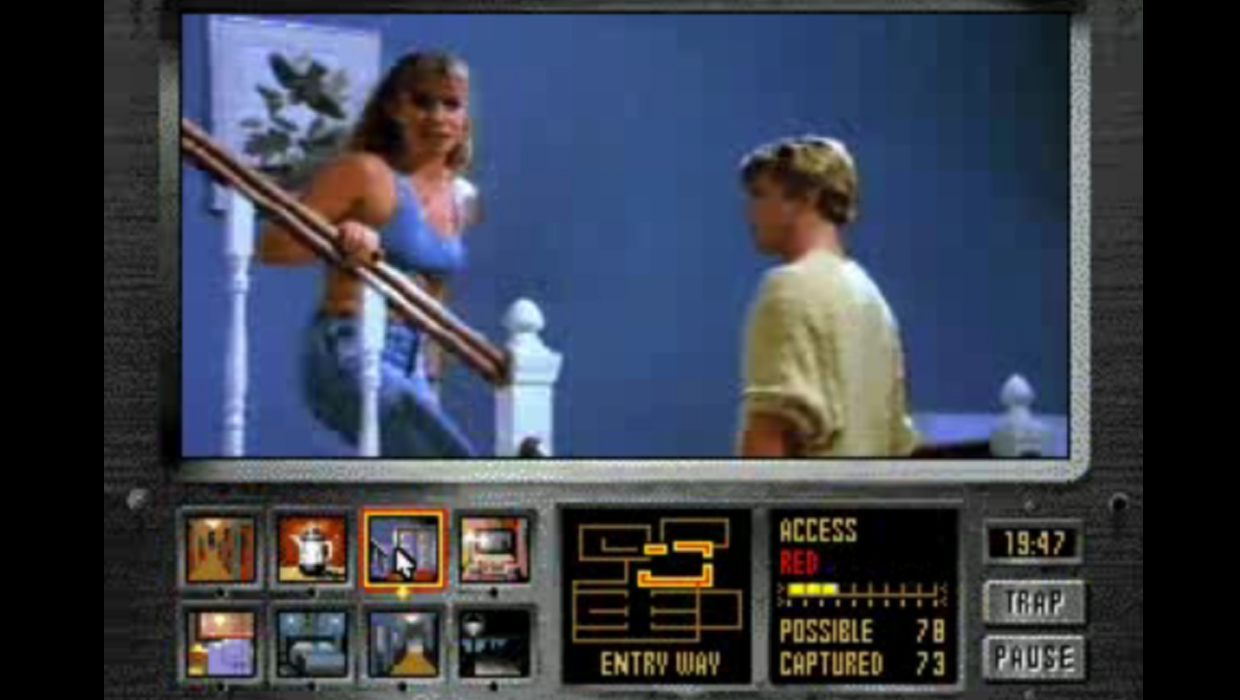
Uncanny valley, schmuncanny valley. While developers today struggle with rendering realistic human beings, unforgettable teams like Digital Pictures made interactive movies where you ACTUALLY CONTROLLED HUMANS. Granted, it was via a single button press every five seconds, and these games may be responsible for the QTE-epidemic that plagues us to this day, but you gotta admit, the full-motion video titles on Sega CD were pretty intriguing (and definitely felt next-gen) back in the day. And really, outside of the arcade, the Sega CD still has the best version (out of 50+ ports) of Dragon's Lair, and was the only console at the time that could play your new compact disc for Michael Jackson's Dangerous.
Games that didn't abuse the Genesis' sound chip
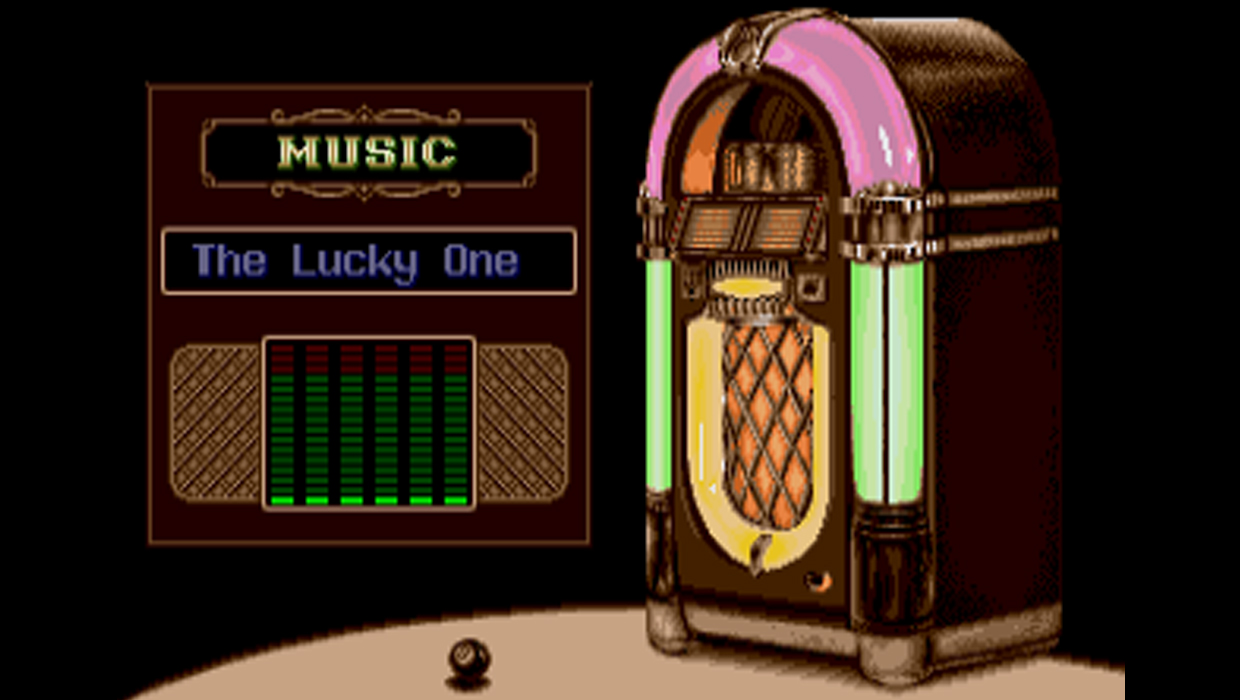
If a developer didn't know how to (or didn't bother to) properly utilize the Genesis' sound chip, the results were ugly. If you can imagine two malfunctioning robots having a rap battle in a wind tunnel, it'd be more or less what some of the worst Genesis games have pumped through unfortunate CRT TV speakers. However, a few game makers that really knew the hardware were able to make some of the most memorable 16-bit soundtracks of all time. Every entry in the Streets of Rage trilogy, the sublime Sonic the Hedgehog 3 (which had a soundtrack ghost-written by Michael Jackson), even the otherwise-forgettable Wrestle War had unforgettable tunes, just to name a few.
The best versions of the best sports franchises ever
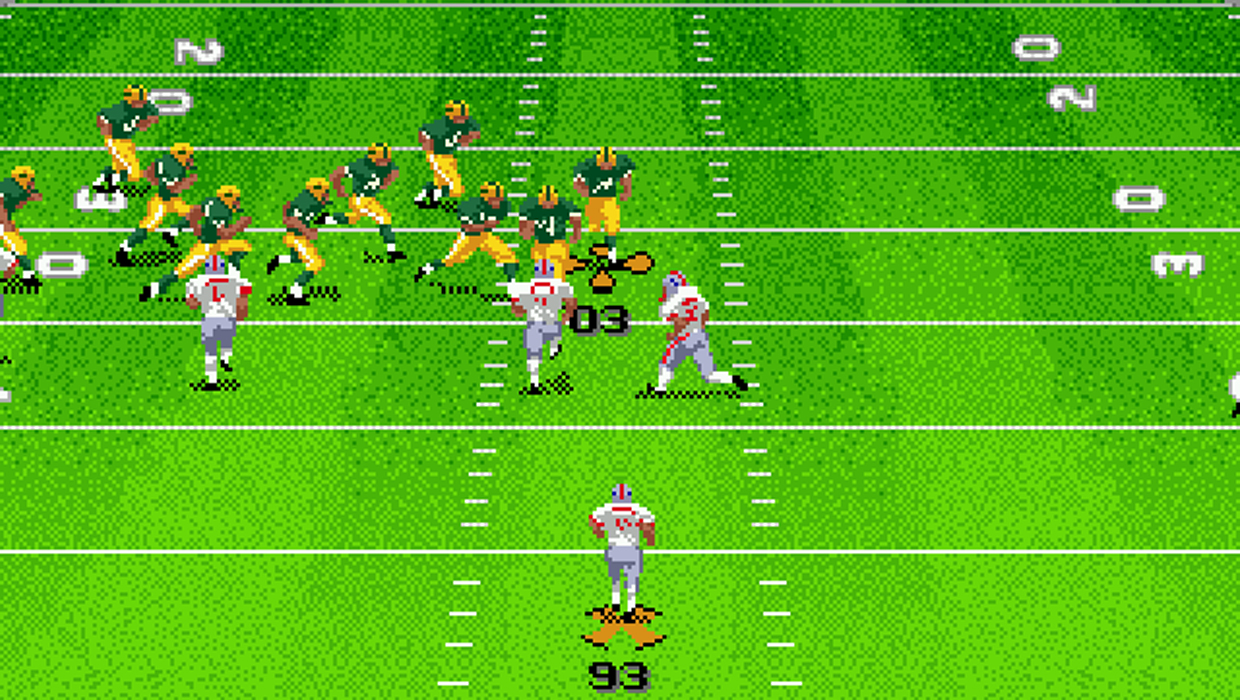
It probably shouldn't surprise you that today's two biggest sports game studios had their best early seasons on the Genesis. EA Sports made some of the most fondly regarded entries in their Madden, NBA Live, NHL, FIFA Soccer, and PGA Tour franchises on Sega's platform. Basically, if it had a small round object being hit or thrown, EA was making it and people were loving it. What we currently call 2K Sports had its humble beginnings as Visual Concepts, a team that aided EA in the creation of Genesis versions of EA's finest titles. Beyond those two giants, other developers made first-party classics like Sega's Sports Talk series (I can't believe it.), Evander Holyfield's Real Deal Boxing, and World Series Baseball. Even if you hate sports, you can't deny Sega's influence in video game sports, as the two of the most memorable console cameos in film history were Sega hockey games in the movies Swingers and Mallrats.
Sign up to the GamesRadar+ Newsletter
Weekly digests, tales from the communities you love, and more
Arguing Sonic vs. Mario with classmates
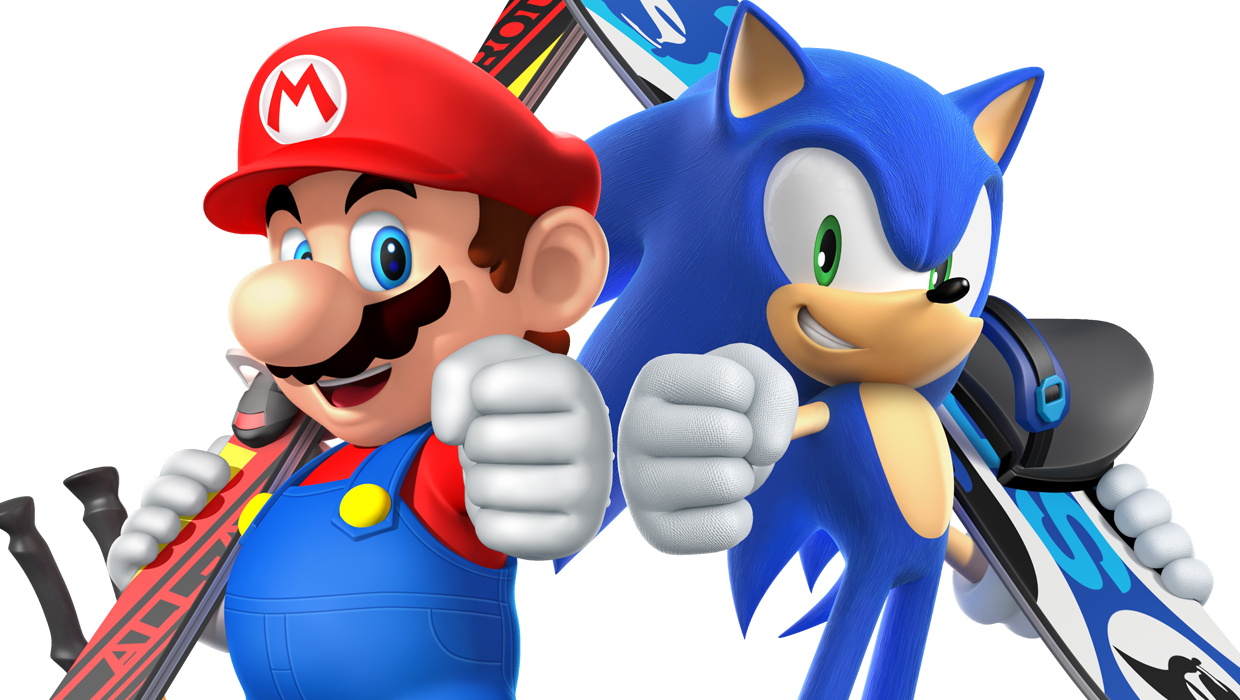
Console war debates are so bland these days. Most of the time, the tech is on equal grounds, multiplatform releases play pretty much the same regardless of what controller you're holding, and first-party releases really only amount to who can pay what developer more to make exclusives. Back in the '90s there were mascots to fuel our arguments. Just as they were the centerpieces of advertisements, cartoons, and comics, Sonic and Mario drove our arguments too. They even worked as microcosms of the argument as a whole. Mario games may have a bit more polish and finesse, but Sonic games were faster and more fun. Nowadays the two can have smashing brawls and race canoes at the Olympics, but it was truly a blood feud during the 16-bit era.
Being able to explore the Master System's library via Power Base Converter
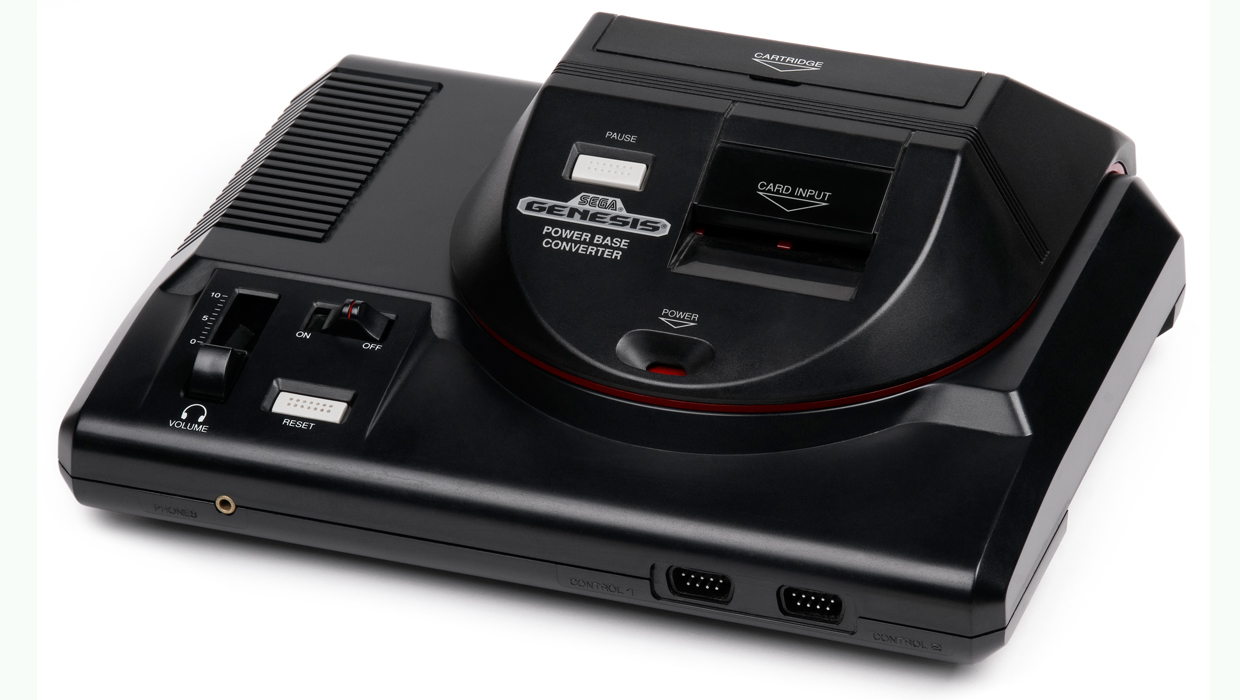
It's been, what, six console generations of people whining about the lack of backwards compatibility in new game consoles? If you thought the complaints about PlayStation Now were excessive, you should have heard TV news shows go on about you'd have to buy a whole new Nintendo during the 1991 holiday season. Fortunately, early Genesis adopters had the ability to play their favorite 8-bit games via the system's first cross-platform add-on. By snapping the Power Base Converter into the original Genesis' cartridge slot, you could then insert and play almost every single one of the 100+ Sega Master System games that most 80s kids ignored in the face of the NES juggernaut. Classics like the original Phantasy Star, the first three Wonder Boy platformers, and the offbeat Fantasy Zone schmup series were instantly added to the Genesis library shortly after the system launched, making the system's lineup pretty formidable from the start.
The (mostly) cool redesigns
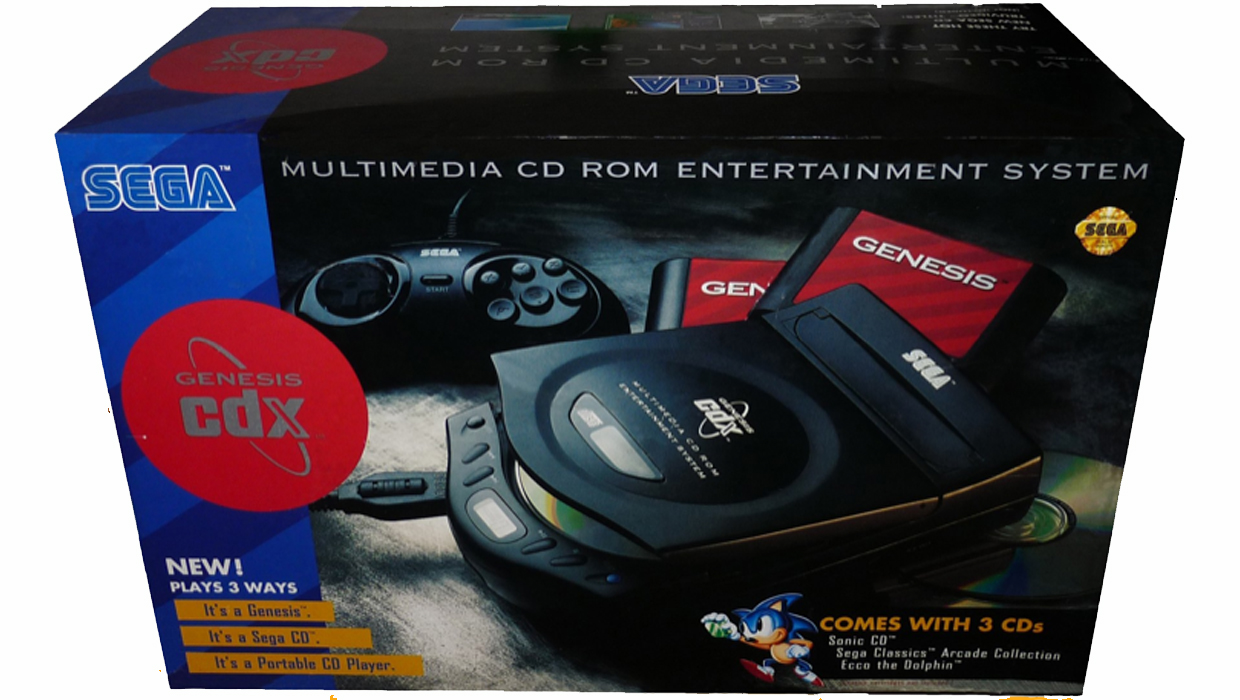
While the original Sega Genesis console that released in 1989 is a perfectly functional console (though I don't know anyone who ever used the volume slider), at the time it was nice to see Sega update the system's design to appeal to potential new customers. While Super Nintendos turned brown in the sun over the course of six years, Sega redesigned the system and its add-ons into some fresh configurations. The Sega Genesis II was much sleeker and more streamlined than the original, while a Sega CD redesign nixed the motorized tray in favor of a far-more-dependable top-loading tray and lay flush with the Genesis instead of adding bulk to the bottom of the console. When Sega realized the 32X was down for the count, the CD-X presented the best-possible Genesis-Sega CD configuration, plus it had a display so you'd know which numbered track of Michael Jackson's Dangerous you were on!



